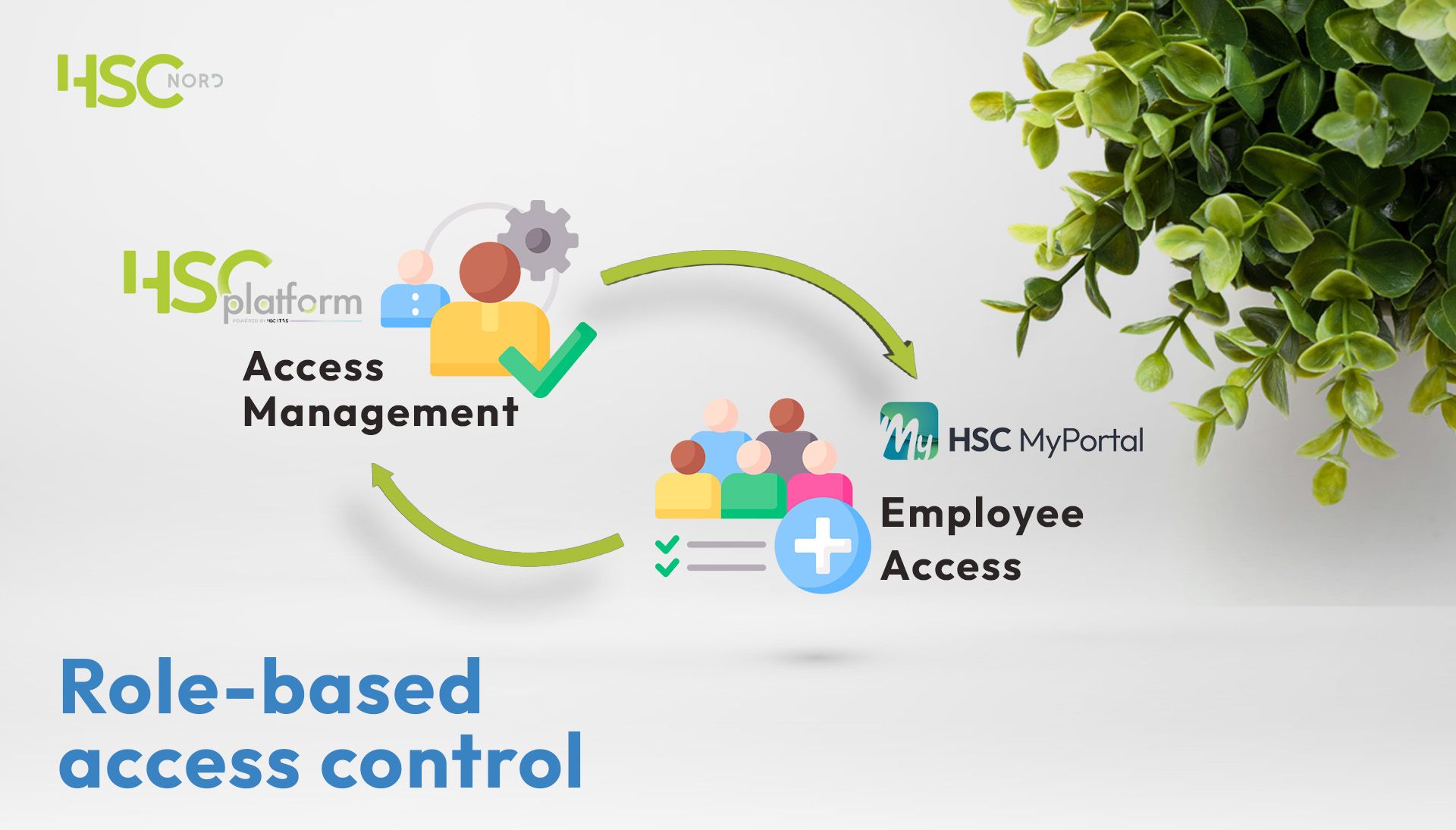
Workplace safety is an essential component of any enterprise, irrespective of its magnitude or sector. In addition to being required by law, maintaining a safe workplace is financially justified and correct in moral terms. Long-term benefits may result from an early investment in worker safety.
According to the German Social Accident Insurance (DGUV), 783,426 work accidents were r
eported in 2023. With the exception of pandemic years, this represents a record low compared to 871,547 in 2019. The advantages of taking a safety-based approach to the workplace across nearly all sectors in Germany certainly gave impressive results.
Companies are increasingly realizing that boosting workplace safety may have a major positive impact on the profitability and productivity of their business and, most importantly, on building resilience and reputation.
How did this become a mutually beneficial situation for both employers and employees?
Progressive employers that work hard to offer the greatest perks and resources—such as appropriate training and equipment- and promote their employees' well-being are actively sought after by workers.
On the other hand, businesses that put in place strong safety initiatives can drastically lower both the number of illnesses and injuries as well as the expenses related to them, such as missed work and medical bills. The pure value of workplace safety lies right in this win-win situation.
How real are workplace risks?
OSHA and the Bureau of Labor Statistics published a list of 10 most common workplace
injuries:
The data illustrates that running a company, regardless of size, involves occupational hazards in every sector. Overexertion, slips, trips, and falls are the most common causes of injury and sickness. More than 75 percent of all nonfatal injuries are directly related to these causes. The belief that "we are just a small company; the office is completely safe" is incorrect and dangerous. Like for enterprises, workplace injuries are a serious risk, even for entrepreneurs.
What are the benefits of a safe working environment?
1.Employees Well-being
Employees' well-being plays a crucial function in professional settings. Research indicates that organizations with strong safety protocols see fewer incidents and have happier workers. When there is a low danger of accidents or health concerns, employees may carry out their jobs in a relaxing environment of security. Injuries are not limited to bustling factories and construction sites. Running a business, regardless of size or industry, has a risk of occupational accidents. Putting workplace safety measures in place will protect workers from illness and harm in any environment.
2.Enhanced Productivity
A safe environment raises staff morale, engagement, and motivation, resulting in higher productivity and improved performance. Meeting the workforce's mental health demands is also favorable for everyone. Depression and anxiety lead to the loss of 12 billion workdays each year worldwide. With this in mind, it is paramount for employers to take proactive measures to protect employees' physical and mental health at work. Protecting employees guarantees business success in the long run.
3.Compliance with Legal Requirements
Compliance with safety regulations is mandatory. All companies must plan a strategic investment in risk management and regular safety monitoring. Failure to adhere to these regulations can result in legal problems with regulatory organizations, including severe penalties, fines, and legal action.
4.Cost Reduction
Workplace accidents can be costly for businesses. The direct cost of an illness or injury sustained at work is substantial, ranging from medical expenses and potential lawsuits to the psychological and physical impact it takes on the affected person, family members, and colleagues. Furthermore, t
here are indirect costs of lost productivity and training new employees. I
mplementing effective safety measures and investing in safety training and protocols can help cut down these costs.
Businesses reduce expenditures when they take steps to protect the safety of their employees. For example,
Schneider Electric has reported annual savings of over $15 million in direct costs alone due to its investment in workplace safety measures.
5.Improved Reputation
Approach to health and safety is a significant determinant of business reputation, and reputation affects the confidence of employees, customers, shareholders, and whole communities. Responsible safety management is a matter of pride. Only a commitment to workplace safety and environmental protection will prove that the company values its employees and a sustainable future. Building a reputation on a strong foundation guarantees a positive perception inside and outside the company and attracts top talents and lucrative clients.
Conclusion
Creating and fostering a culture of safety within the workplace is not just a legal requirement but a wise economic decision. It is an essential aspect of any successful business. By investing in safety programs, companies can significantly reduce costs. Proactive safety measures, frequent safety audits, and continuous employee training will help identify possible hazards and take action against them before they result in mishaps. Prioritizing safety is an investment in the well-being of employees and a sustainable future for us all.

 The Value of Partnering With a Versatile OHS Provider— Why a Multidisciplinary Approach Matters
The Value of Partnering With a Versatile OHS Provider— Why a Multidisciplinary Approach Matters
 Set Sail with Confidence – Your Guide to Seafarers’ Medical Examinations
Set Sail with Confidence – Your Guide to Seafarers’ Medical Examinations
 Having a safe workplace is a wise economic decision— Here's what you need to know.
Having a safe workplace is a wise economic decision— Here's what you need to know.
 Nord-EU AI Act
Nord-EU AI Act
 Empower Your Employees
Empower Your Employees
 Role-based Access Control
Role-based Access Control